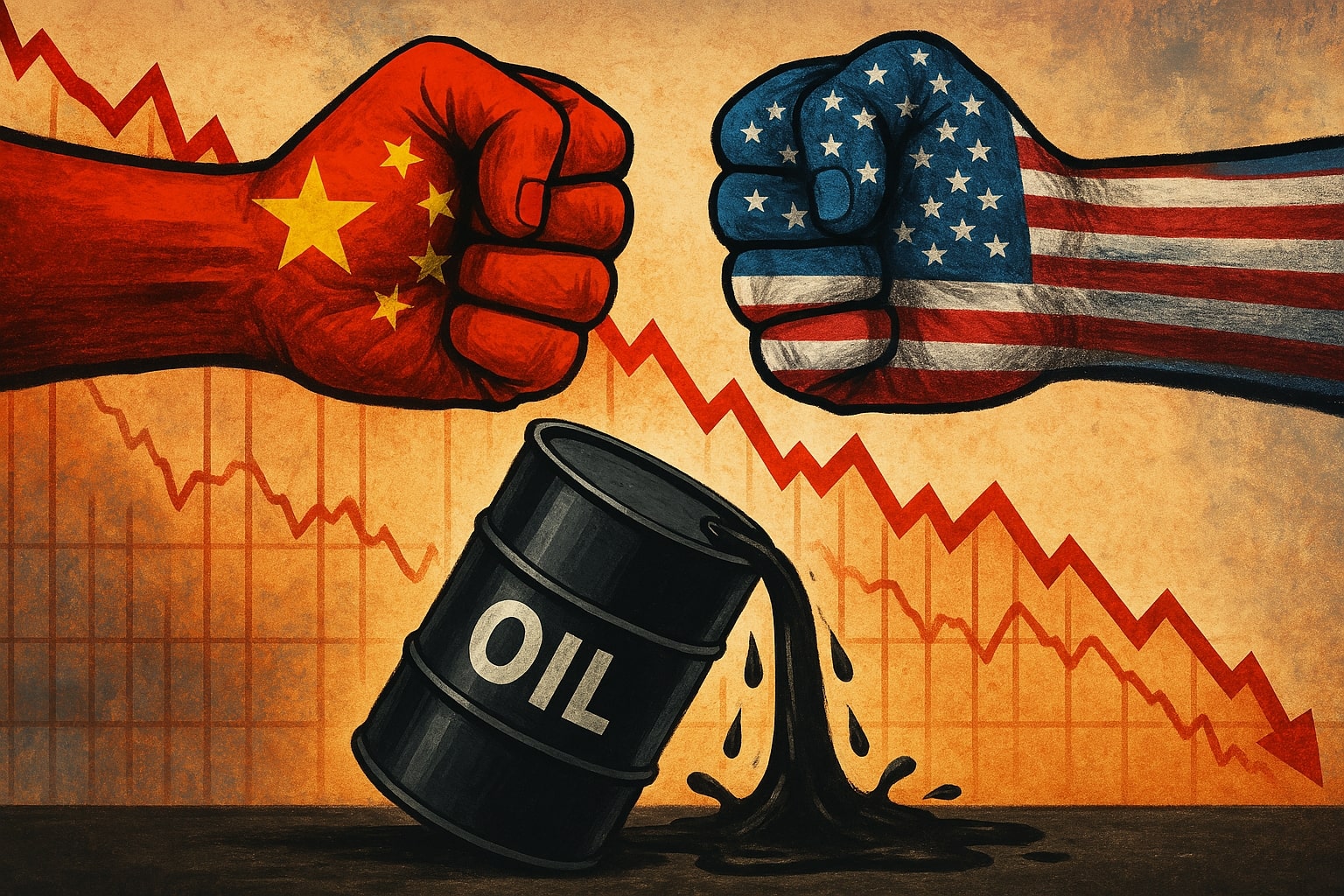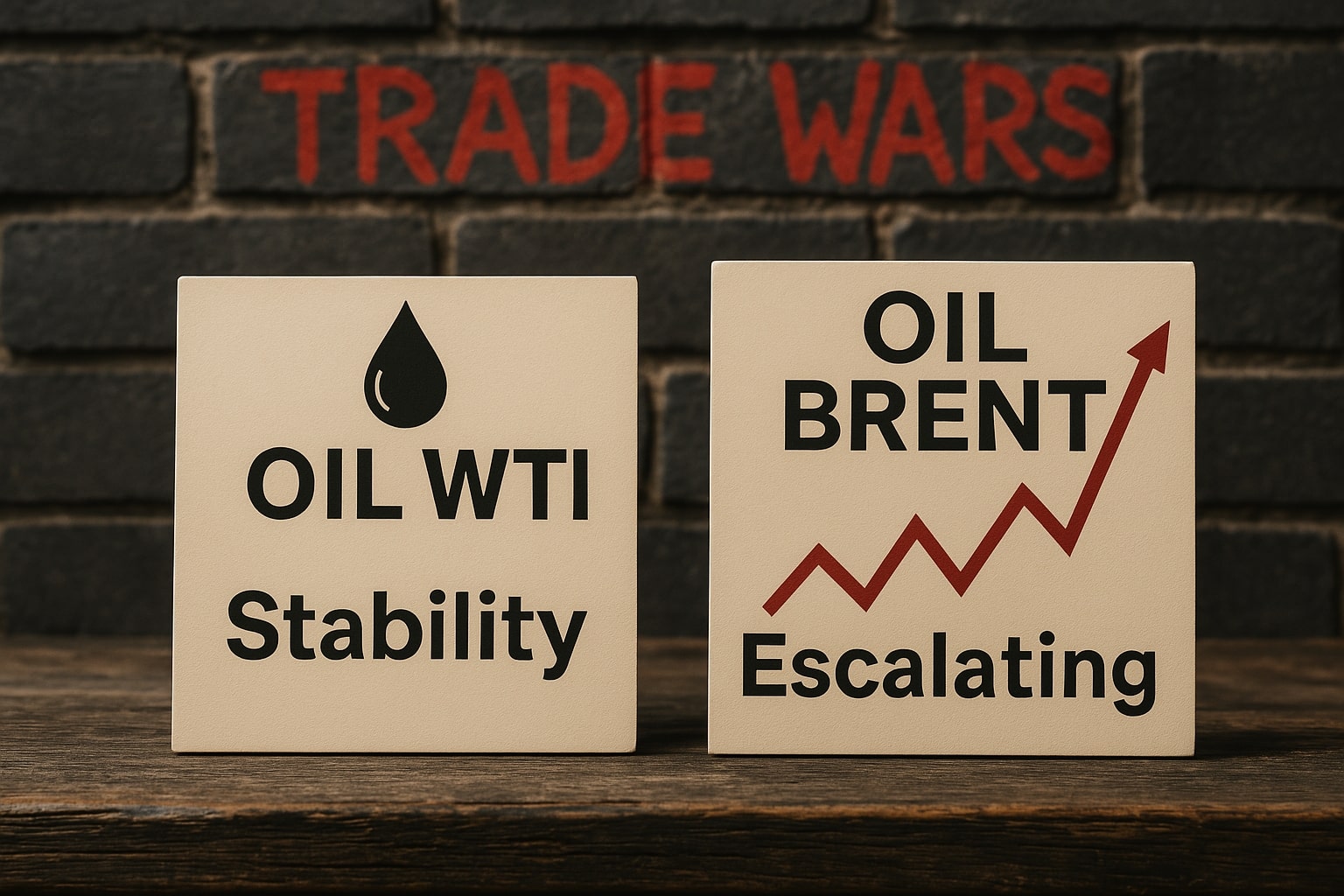Surging Gold Prices Amid Financial Instability
Analyzing Gold's Resilience: Impact of US Dollar Strength, Debt Ceiling Worries, and Global Recession Fears
As the world grapples with an ever-shifting economic landscape, the price of gold has become a symbol of the global financial climate. Recently, it neared the psychological $2050 mark before a swift downturn caused it to close the day in the red. The recent volatility of gold prices is fueled by the increasing uncertainty surrounding a potential global recession, which continues to bolster the precious metal's allure as a safe haven.
The Dollar Index (DXY) hitting a fresh one-week high instigated further retreat in gold prices. Despite the tumultuous landscape, gold struggles to sustainably surpass the $2050 threshold. This suggests potential bearish sentiment from a technical standpoint. The safe-haven appeal of gold tempers any significant bearish follow-through, as evidenced by the metal's defense of the $2050 level.
Amidst this ebb and flow, economic data continues to have a significant impact. The recent US Consumer Price Index (CPI) data, for instance, was perceived positively by those seeking a halt in the Federal Reserve's rate hikes. This has led to a 94% market expectation of a pause, although consensus on rate cuts in the latter half of 2023 remains contentious, which subsequently influences the US dollar's standing and consequently gold's movements.
However, the gold market remains optimistic despite these challenges. Expectations of a Federal Reserve rate cut later this year contribute to a bullish outlook. Traders have already priced in a 25-basis-point cut by September, strengthening the positive sentiment towards gold. Even amid a rising US dollar and concerns over the debt ceiling, the gold market maintains a hopeful perspective.
Further, the instability in the global banking sector has been a crucial factor driving investors towards gold. The recent collapse of two significant US banks primarily servicing the tech sector, coupled with the crisis in Swiss banking giant Credit Suisse, have stoked fears of a full-blown financial meltdown. These concerns have strengthened the appeal of gold as a reliable refuge during economic crises.
The investment demand for gold has also been invigorated by the uncertainties surrounding debt ceiling talks. The unexpected banking crisis has led to a tightening credit market, which could cool down the US economy and inflation. Easing worries over economic uncertainties are likely to check significant rallies in assets typically considered safe during economic distress.
Another factor impacting the gold market is the fluctuating value of the US dollar, which has corrected more than 11 percent from a twenty-year high it hit last September. As gold prices are dollar-denominated, a weaker US currency tends to drive gold prices higher. Moreover, concerns about the U.S. debt ceiling and monetary policy have increased demand for safe havens, leading to a rise in the dollar against the euro and sterling.
The current supply-demand dynamics of the gold market are also noteworthy. According to the World Gold Council, gold demand increased by 18% in 2022. This surge in demand is attributed to increased purchases from the jewelry sector, central banks across the world, and higher industrial consumption.
Domestic gold prices have also seen a significant uptick. Prices surged more than 11 percent since January 2023, marking a gain of about 21 percent over the past twelve months. This has nearly doubled domestic gold prices over the last five years, enhancing the attractiveness of gold as an investment among households.
Despite the potential for a correction in the short-term outlook, there is a stiff resistance seen at $2070-75. If broken, it could trigger another round of bullish rallies, possibly pushing prices to new historic highs. Conversely, if global economic tensions ease, a price correction could occur. However, major liquidation is unlikely given the robust fundamentals. The downside turnaround point is projected at $1800 an ounce.
In addition to global economic factors, gold prices also reflect domestic market trends. The Indian market, for example, has seen prices soar to a record high. The MCX June futures recorded a fresh high of Rs 61845 per ten grams in the first week of May 2023. This upward trend has been ongoing since January 2023, marking an increase of over 11 percent and approximately 21 percent over the last twelve months. This surge reflects the growing attractiveness of gold as a secure investment among Indian households.
The technical analysis of gold prices offers further insights into the market's direction. In recent times, the daily candle has printed a doji candle close with a new lower high, suggesting potential further downside. At the time of writing, gold is trading around $2024. The bearish sentiment could gain control if gold drops below the $2000 mark, possibly bringing the 50-day moving average into consideration around the $1968 mark. On the other hand, a push higher would necessitate a daily candle close below the $2050 mark to negate the bearish bias, potentially leading to gold surpassing its all-time highs and clearing the $2100 mark.
Another critical factor shaping the gold market is the strength of the US dollar. Recently, the dollar recorded its largest weekly gain since February, achieving a one-month peak. This surge made gold less attractive to buyers holding other currencies. Concerns about the US debt ceiling and monetary policy, as well as a drop in May’s U.S. consumer sentiment, contributed to the rise in the dollar against the euro and sterling. The University of Michigan survey indicated that consumer sentiment was negatively impacted by worries about the political dispute over raising the federal government’s borrowing cap, further complicating the gold market outlook.
The future of the gold market will be significantly influenced by the resolution of these complex issues. The upcoming debt ceiling talks in the US, the potential for further Federal Reserve rate cuts, and the possibility of a global recession all loom large. Nevertheless, the market sentiment remains generally optimistic. Despite recent volatility and the possibility of short-term corrections, the fundamentals of the gold market appear robust, suggesting that this precious metal will continue to play a vital role in the global economy.
















